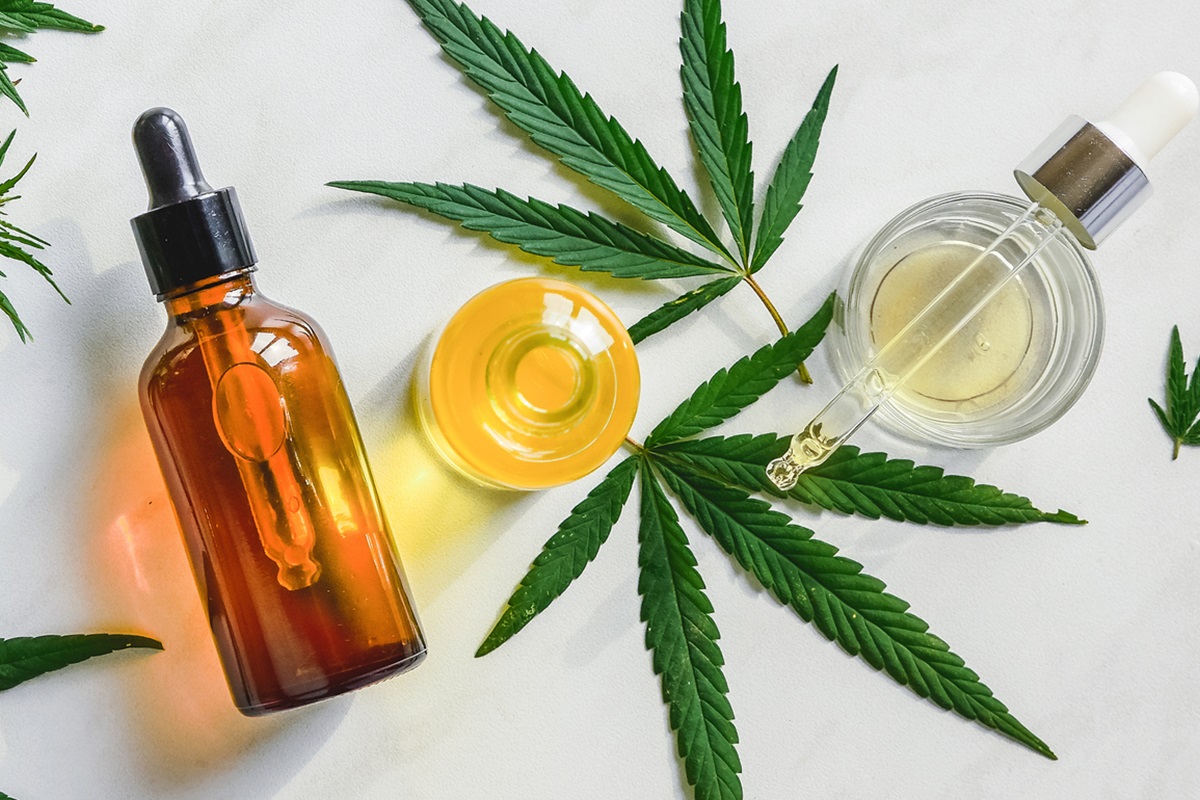Natural Therapy: A Massage That Alleviates Pain Injuries

Massage can have positive impacts on pain injuries by addressing both the physical and psychological aspects of pain. Here’s how massage brunswick reacts to pain injuries:
- Increases circulation. Massage improves blood and lymphatic flow, and enhances delivery of oxygen and nutrients to injured tissues. It accelerates the healing process and lessens pain.
- Reduces muscle tension. Pain injuries often result in muscle tightness and spasms. Massage techniques such as kneading, friction, and stretching can help relax muscles, release tension, and alleviate pain.
- Promotes tissue flexibility. Scar tissue and adhesions can form during the healing process of injuries. Massage techniques like cross-fibre friction and myofascial release can help break down scar tissue, increase tissue flexibility, and restore range of motion.
- Stimulates the release of endorphins. These neurotransmitters can help reduce pain perception and promote a sense of well-being.
- Psychological effects. Pain injuries can have emotional and psychological effects. Massage can help address these aspects by:
- Relaxes the nervous system. Massage activates the parasympathetic nervous system, promoting relaxation and reducing stress. When the body is in a relaxed state, pain perception can be diminished.
- Decreases anxiety and depression. Chronic pain injuries can lead to emotional distress. Massage therapy can help alleviate anxiety and depression symptoms by promoting relaxation, reducing stress hormones, and enhancing overall well-being.
- Enhances body awareness. Massage can improve body awareness, helping individuals connect with their bodies and identify areas of tension or discomfort.
- Provides a sense of comfort and support. Touch is a fundamental human need. Massage therapy will provide a safe, nurturing environment where individuals with pain injuries can feel supported and cared for, which can positively impact their emotional well-being.
Which massage therapy is effective for injuries?
Several massage therapy modalities can be effective for injuries, depending on the nature and severity of the injury. Here are some commonly used massage therapies for treating injuries:
- Swedish massage. Swedish massage can help reduce muscle tension, improve circulation, and promote overall relaxation, which aids in the healing process of injuries.
- Deep tissue massage. Deep tissue massage can be effective for addressing muscle strains, sprains, and areas of chronic pain.
- Sports massage. It combines various techniques to help prevent and treat sports-related injuries, improve performance, and promote faster recovery.
- Myofascial release. Myofascial release focuses on removing tension in the fascia that surrounds muscles, bones, and organs. Myofascial release can be beneficial for injuries involving restricted movement and fascial adhesions.
- Trigger Point therapy. Trigger points are localized areas of muscle tension that can refer pain to other parts of the body. It can be effective for treating muscle knots, referred pain, and chronic muscle tightness associated with injuries.
Consult a qualified massage therapist or healthcare professional who can assess your specific injury and recommend the most suitable massage therapy techniques for your needs.







